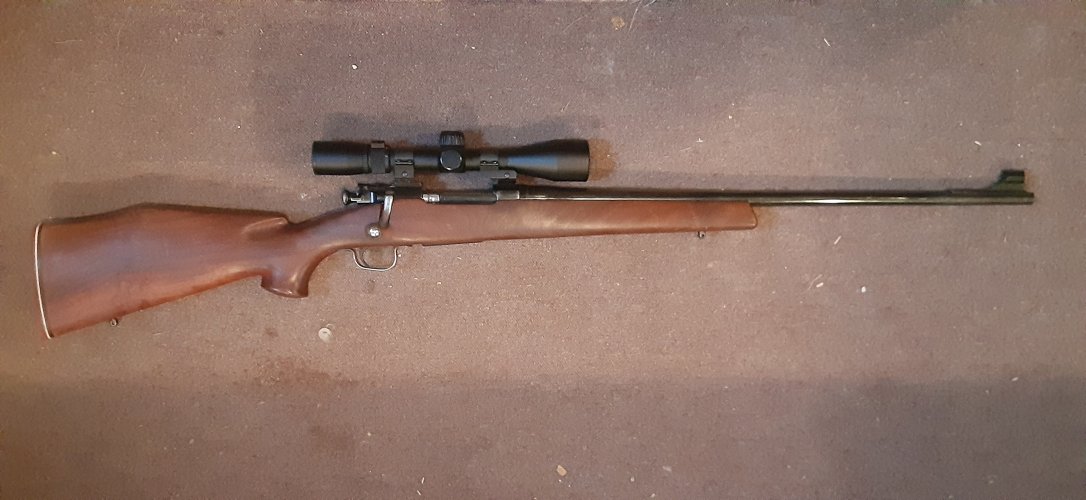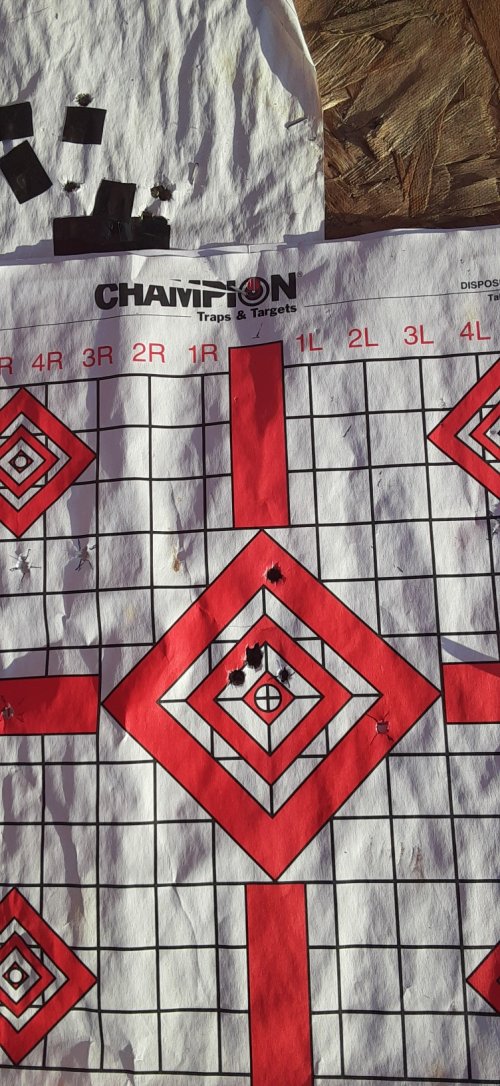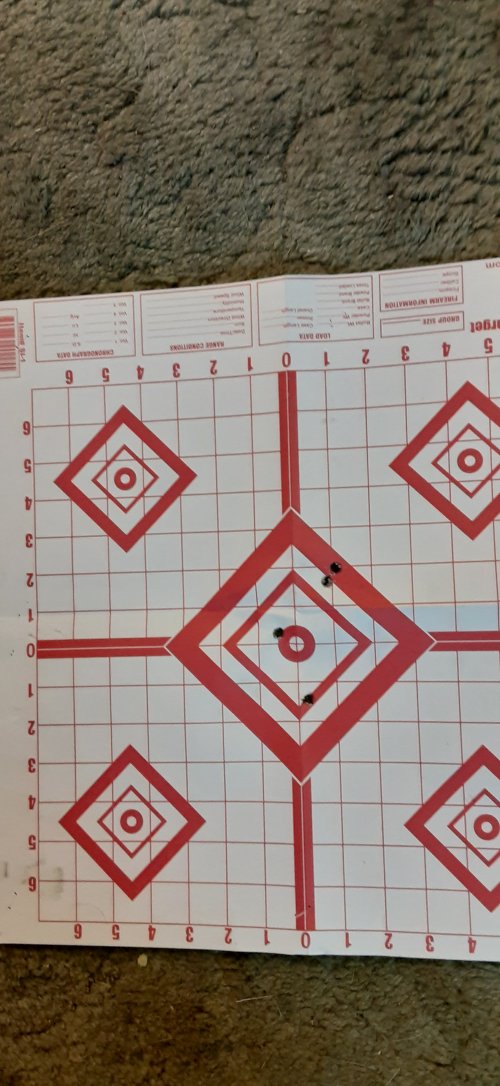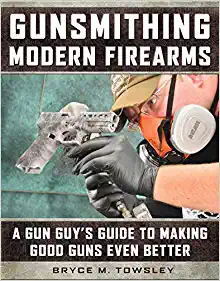OntarioHunter
Well-known member
- Joined
- Sep 11, 2020
- Messages
- 5,997
My dad and a gunsmith coworker built my rifle in the machine shop at Hungry Horse Dam back in 1962. It's pretty much the only gun I have used for big game since I was old enough to hunt two years later. I just realized today that the only thing that has not been replaced or modified since they finished it is the bolt and receiver. First to go was the 4x Bushnell Banner. That piece of crap is probably still laying at the bottom of a mountain where I tossed it as hard as possible the fall of 1972. Dad gave me a Weaver K3 for Christmas. Two years ago I replaced it with a Nikon 3x9. Nothing wrong with the K3, I just wanted clearer glass. Next to bite the bullet (pun intended) was the crappy roll over cheekpiece "world famous Belgian" Herters stock dad put on it. My horse rolled on me and broke it in half circa 1980. Les Bauska in Kalispell made me a good deal on a nice unfinished semi-inleted stock. Military rifles require the bolt being bent to accommodate a scope. The tricky part about fitting a stock is getting that bolt channel correct. No two bolts will be bent the same so every channel is a total custom job. I'm still amazed at the close tolerance I achieved with just a round rasp and sandpaper. The new stock of course had to be bedded, something I'd never done before. The military sling Dad left on it bit the dust a few years later one snowy evening when I fell asleep next to a fire on the trail in to Shaeffer Meadows. I awoke to the smell of burning flesh. Not my own thankfully but the rifle's leather sling was a write off. Nothing more added or changed until fairly recently. The Nikon scope has a relatively short neck which required that I modify one of Dad's Weaver bases. I stretched the channel in the forward base for the long screw that tightens the rings onto base. It worked but awful tight. At the same time I replaced trigger guard/magazine plate. This late model A3 had a stamped plate with pillar sleeve pressed into it. The sleeve came loose. This past year I acquired offset bases and did away with modified ones. Also this past year I replaced the barrel. The original was a late production 2 land with significant wear to rifling and some corrosion half way up the bore. That required a gunsmith removing the old barrel (which was not easy) and setting the head space (matching the bolt/receiver to the new barrel). That cost $150 (Canadian). Then I had to rebed the new barrel into stock right before leaving for Africa. Unfortunately, the action came loose from bedding while I was over there. Apparently the epoxy shrank when fully cured. When bedding it again after returning from Africa, I decided to add a Timney trigger. This required modifying the Buhller(sp) striker safety Dad and Earl put in it. But what a great modification! That trigger makes a world of difference. The fore end's spring loaded sling swivel that I installed after the fire on the trail fell apart when I was sorting out the barrel bedding. Replaced with something sturdier.
With the possible exception of setting the head space, bending the bolt, and blueing, everything else can be done by a mere mortal who's not a gunsmith. As you can see from above comments of others, there are ways around even those exceptions. Have fun making your heirloom.
With the possible exception of setting the head space, bending the bolt, and blueing, everything else can be done by a mere mortal who's not a gunsmith. As you can see from above comments of others, there are ways around even those exceptions. Have fun making your heirloom.
Last edited:







